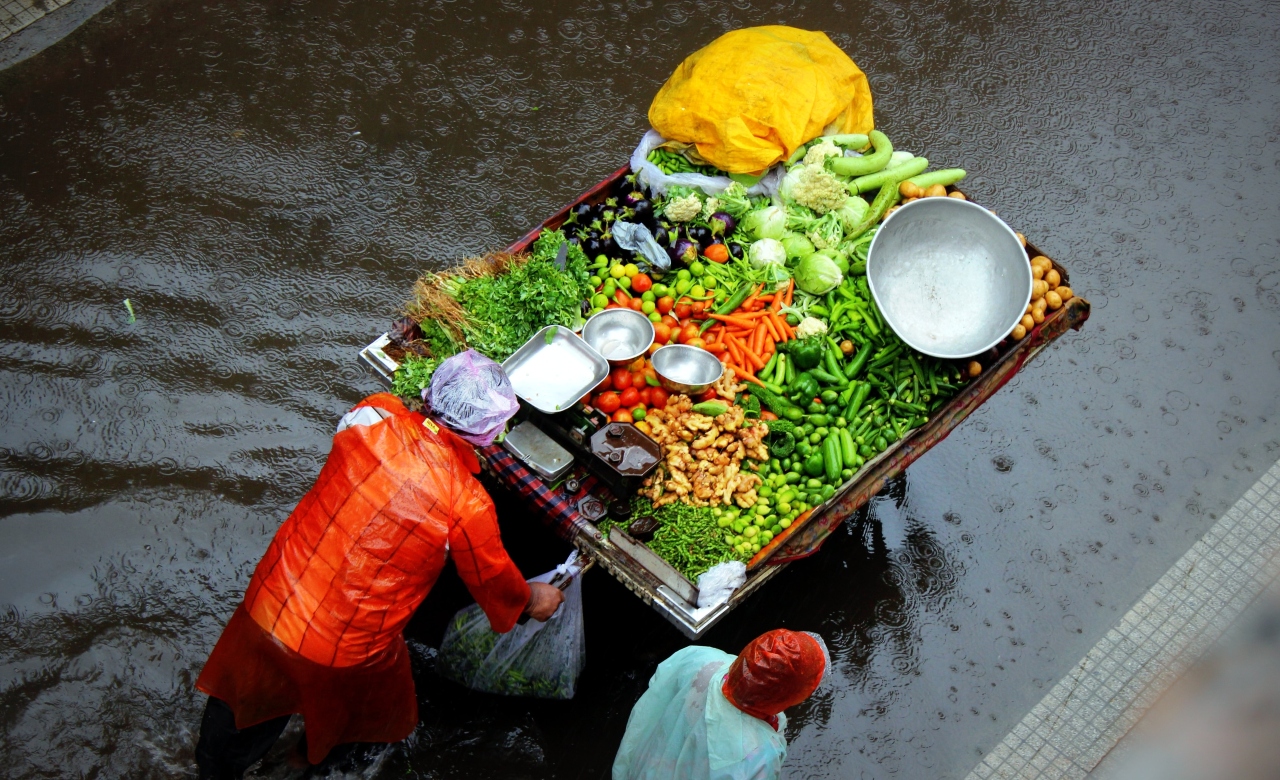Microinsurance offers financial protection to those most vulnerable to climate threats, but investors are being deterred by misconceptions over the risks involved, according to a new report.

Microinsurance is coming to be seen as a valuable tool to build financial resilience in vulnerable populations by providing affordable insurance products to meet the needs of those on low-incomes. But while the global market is growing, only a fraction of potential beneficiaries are covered, leaving much for insurers, investors, donors and governments to do, a new report finds.
The Landscape of Microinsurance 2024, published by the Microinsurance Network (MiN), in collaboration with the UN Development Programme’s Insurance and Risk Finance Facility, shows microinsurance coverage has increased by 70% across 37 countries surveyed in the past three years, with a 50% rise in premiums collected since 2021.
Despite the improved uptake of microinsurance, the authors estimate that only 12% of the estimated 3 billion people who could benefit from microinsurance in the countries it looked at are currently covered.
The MiN is comprised of more than 500 experts and practitioners from organisations based in more than 70 countries. The report was sponsored by Luxembourg’s foreign affairs and trade ministry and finance ministry, AXA EssentiALL, Munich Re Foundation, Barents Re, Swiss Re Foundation, AON Philippines, and the Insurance Federation of Egypt.
Microinsurance typically provides protection against the impact of risks such as climate change, health crises, disasters, conflict, and nature loss. The Landscape data reveals an increasing emphasis on microinsurance for climate risks. Climate or natural perils were covered by 112 products, reaching more than 42 million people, mainly in agriculture, property and business interruption insurance.
Lorenzo Chan, chair of the MiN board and CEO of the holding company for Philippines-based insurer Pioneer said that, while the microinsurance market continued to grow, sustained investment was needed to improve scale and sustainability.
“Insurance providers and distributors should focus on developing products that address evolving needs while ensuring simplicity, affordability and accessibility. We also urge improvements to claims ratios and payment times, which are critical to earning the trust of vulnerable communities,” he said.
Like other financial services for the world’s least well off, deploying microinsurance comes with challenges, but has the potential to offers returns to those who make a success of it – the report estimates that the countries it surveyed could represent a market of around $41bn (€37.8bn) in microfinance premiums.
Overturning misconceptions
However, the report found that a relatively small number of donors had a good understanding of microinsurance, as well as the willingness to make the long-term investments required to develop insurance markets.
Sara Orozco, coordinator of MiN’s Landscape programme, said the research aimed to overturn a series of “myths” surrounding microinsurance that were holding the sector back. Amongst these was the idea that microinsurance offered limited business opportunities and scalability.
“There is a perception we often hear in the industry that microinsurance is not scalable, that it doesn’t generate profits, or that it simply doesn’t work. These ideas are often based on outdated information or stories from others instead of real experience,” she said at a webinar to launch the report.
Microfinance could be financially sustainable over time if sufficient scale is reached, allowing risk to be spread, Orozco said. Microinsurance products covered in the MiN’s study reached a median value of 10,000 people, with some products such as credit life insurance and funeral insurance covering more than 29,000 people.
Orozco said patience was required, as microinsurance products typically take 3-4 years to achieve significant growth, but that as products matured the number of customers and premiums collected increased rapidly.
Another misconception the report authors highlighted was that microinsurance operated separately from measures to improve financial inclusion and should therefore not be included in financial inclusion strategies.
Karimi Nthiga, MiN’s Africa coordinator, told the webinar that microinsurance should be seen as a driver of financial inclusion, as those that used it generally used some form of formal financial services to make payments, such as bank transfers, loans or mobile money. In Africa, mobile money was used to pay for 15% of microinsurance products. For agricultural microinsurance, direct debit and standing orders are used in 30% of cases.
She said the industry needs to strengthen its integration with the financial and digital system by reducing distribution costs, aligning incentives, and facilitating payments through solutions like mobile money.
Public sector role
Experts who contributed to the report made it clear that, given the scale of investment required and the risk profile of the sector, reaching the most vulnerable would require public and private sectors to collaborate and for helpful regulatory frameworks to be put in place.
Jan Kellet, special advisor, UNDP Insurance and Risk Finance Facility, said governments, insurers, and donors needed to act quickly to scale insurance markets, develop supportive regulatory frameworks, and drive public-private partnerships, particularly in high-demand areas such as health and climate risk.
“This is not a short-term fix but a long-term commitment to financial inclusion and sustainable protection, both of which are critical to long-term resilience and growth of communities and countries everywhere,” he said.
The report stresses that governments need to work with insurers to develop targeted subsidies to allow low-income households to cover risks – notably climate-related risks – that they cannot afford on their own. Investment is also needed to improve data systems, and sharing that would promote market competition and create more innovative and useful microinsurance solutions.
The need to become more gender-inclusive in developing products was also highlighted. Although women comprised almost of half of the microinsurance policyholders analysed, women microinsurance clients were particularly vulnerable to risks like climate change and health shocks, making the application of a gender lens essential.
Better gender-disaggregated data is required to tailor microinsurance products more effectively, Nthiga told the webinar.






